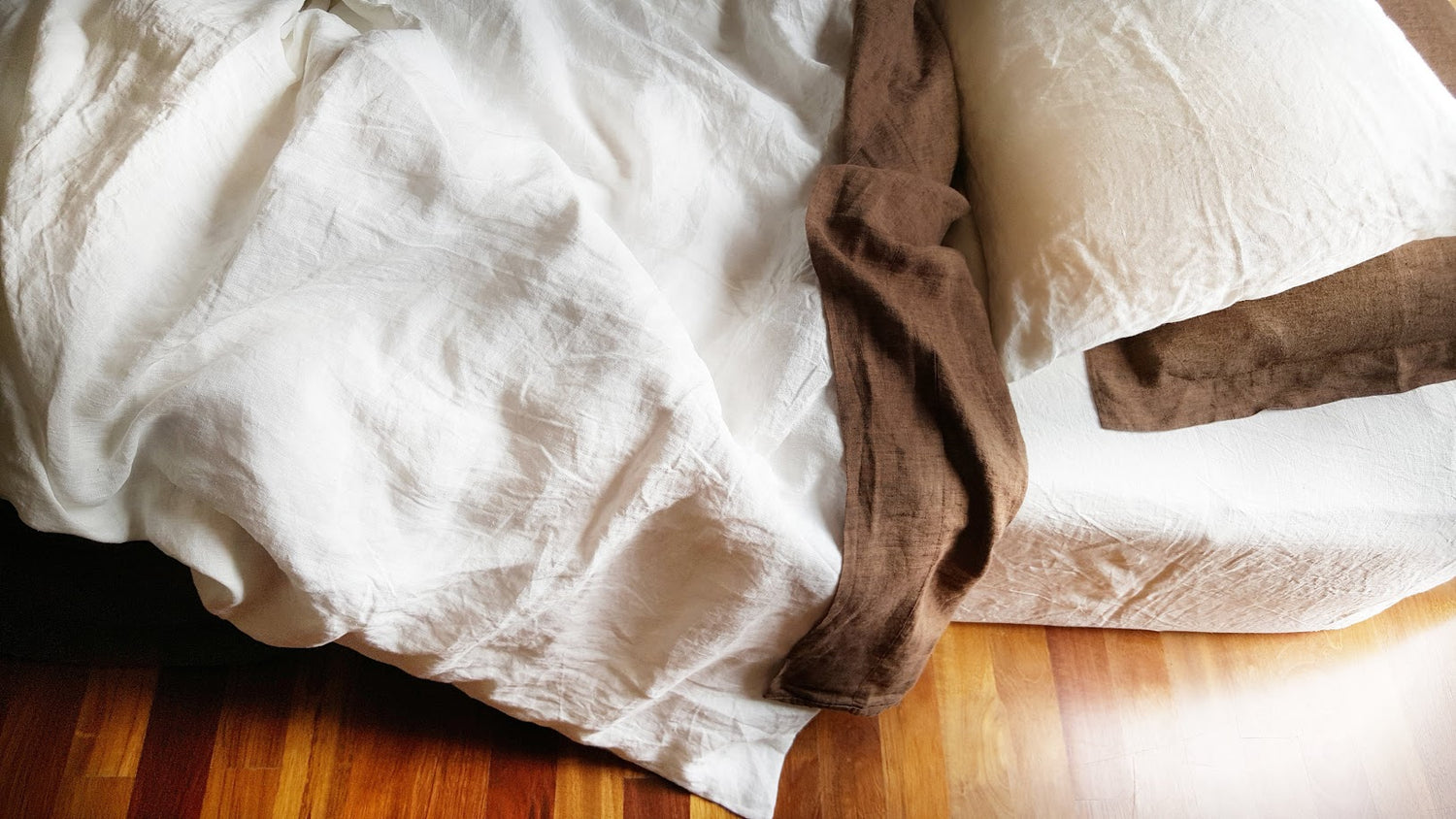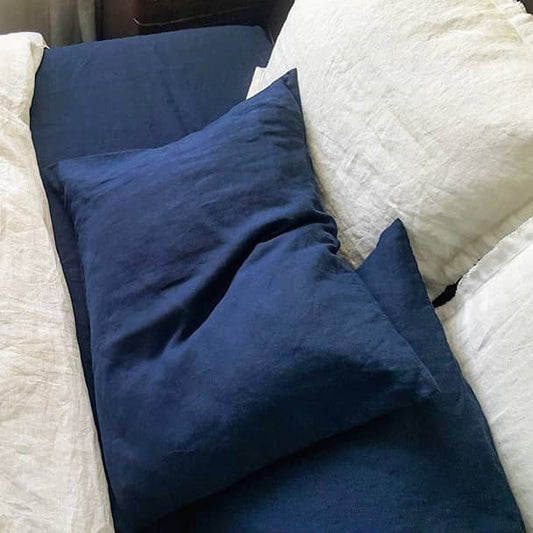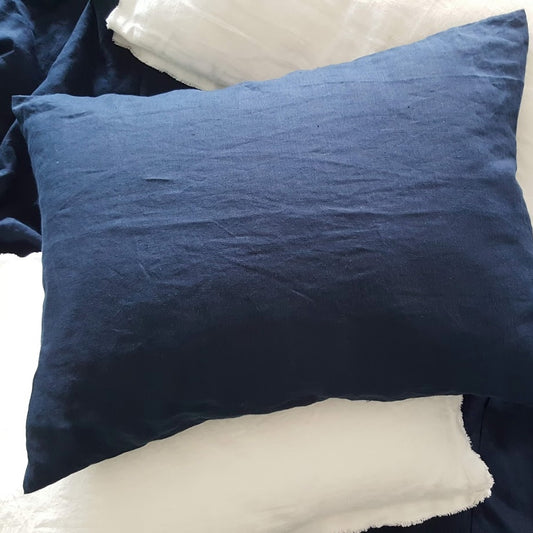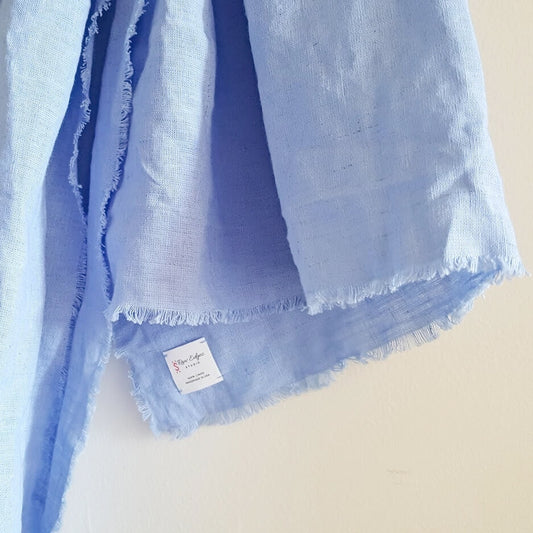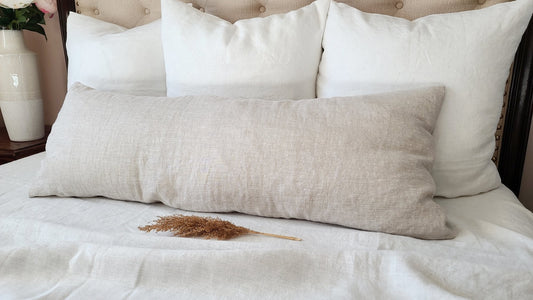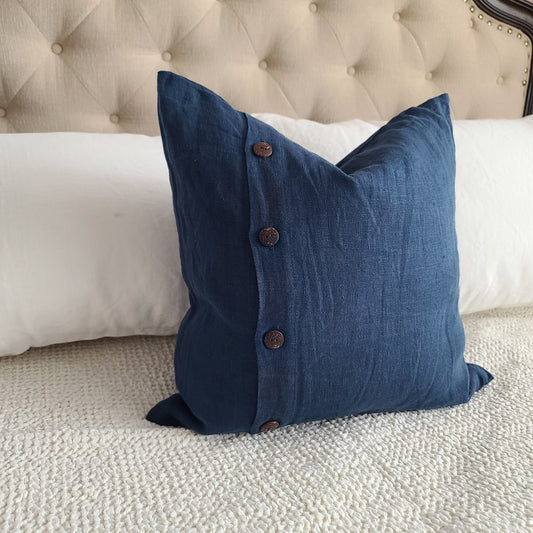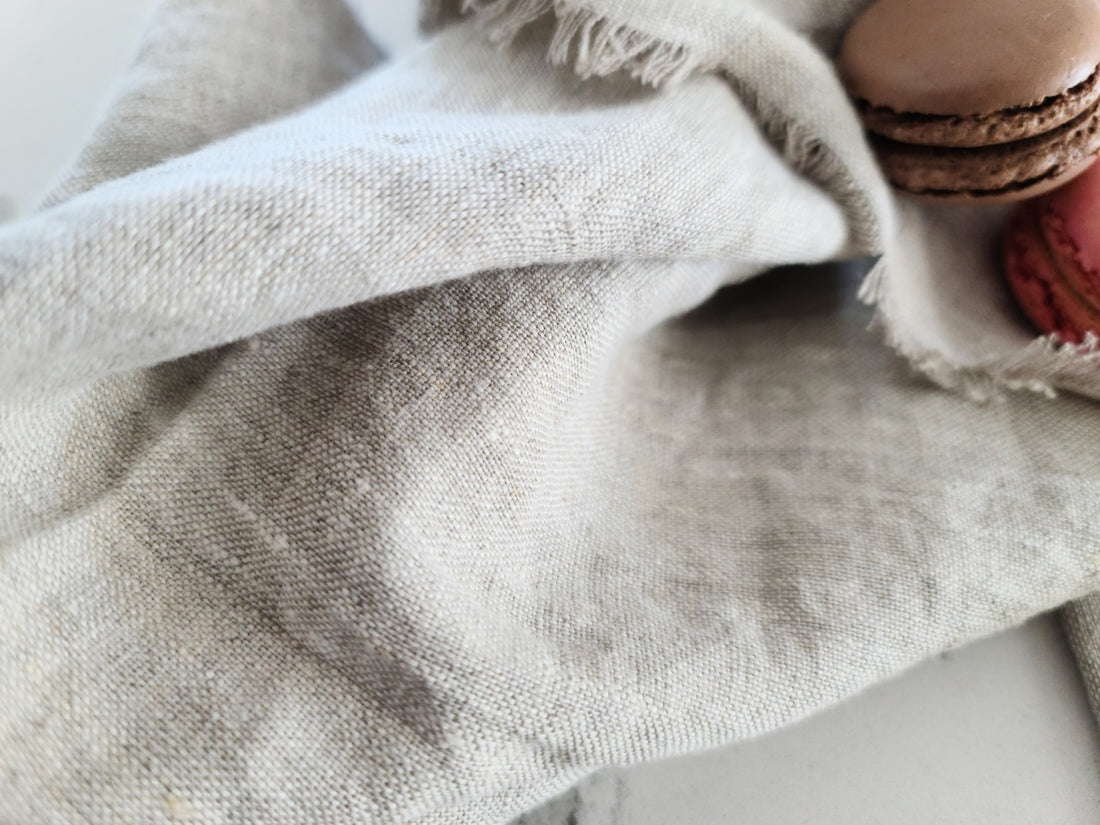
Eco-Friendly Benefits of Linen
Share
What is Linen?
Linen is a natural fabric made from the fibers of the flax plant. It has been used for thousands of years due to its exceptional qualities and versatility. Linen is known for its strength, durability, and breathability, making it a popular choice for home textiles, clothing and more.
Environmental Benefits of Linen
Linen is considered one of the most sustainable fabrics available.
Is Linen a Renewable Resource?
Flax, the plant from which linen is derived, is a renewable resource. It requires minimal water and can be grown in various climates without the need for synthetic fertilizers or pesticides. Flax plants also enrich the soil, making it more fertile for future crops.
Is Linen Biodegradable?
Linen is biodegradable, meaning it can naturally decompose without leaving harmful residues in the environment. Unlike synthetic fabrics, linen does not contribute to microplastic pollution in our oceans and ecosystems.

Does Linen have Low Environmental Impact?
The production of linen has a lower environmental impact compared to other textiles. The flax plant requires fewer resources and energy during cultivation and processing. Additionally, linen production generates minimal waste, as almost every part of the flax plant can be used.
What is Longevity of Linen?
Linen is known for its exceptional durability. It is up to three times stronger than cotton, which means linen products have a longer lifespan. By choosing linen, you are investing in high-quality, long-lasting items that reduce the need for frequent replacements.
Is Linen Energy Efficient?
The manufacturing process of linen requires less energy compared to synthetic fibers like polyester. Linen is typically produced using mechanical methods rather than chemical processes, further reducing its carbon footprint.
Is Linen Versatile?
Linen is a versatile fabric that can be used in various applications. Its natural moisture-wicking properties and breathability make it ideal for clothing, especially in warm climates. Linen is also commonly used for bed linens, tablecloths, and upholstery, adding a touch of elegance to any setting.

Conclusion
Choosing linen as a sustainable fabric is a responsible choice for both consumers and the environment. Its renewable nature, low environmental impact, and durability make it a preferred option for those seeking eco-friendly alternatives. By opting for linen products, you contribute to a more sustainable and greener future.
